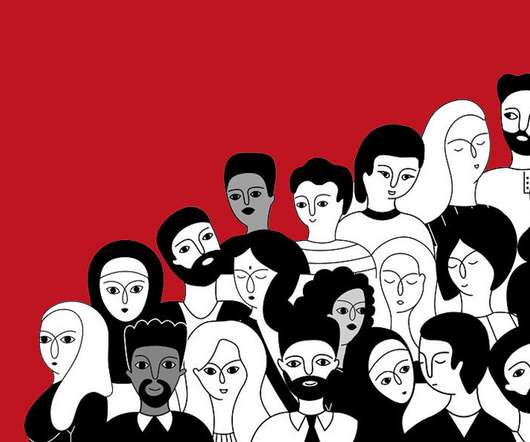How to Get Your Micromanager Boss to Back Off
Next Level Blog
MAY 29, 2019
If dealing with a micromanager for a boss isn’t the number one complaint I hear from high potential leaders, then it’s certainly in the top three. Pretty much every leader I’ve ever coached or spoken to has worked for a micromanager at least once in their career. You need to be a student of your boss and their operating environment.








































Let's personalize your content